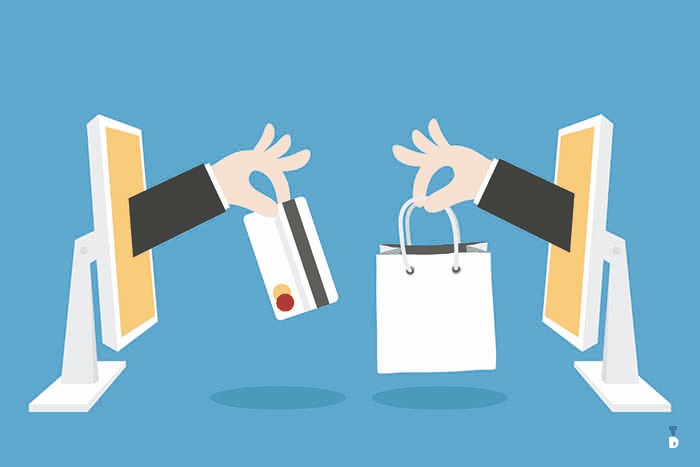Global technology company marketing results, just published its new edition of the report “State of Mobile Commerce”, where behavior and buying trends through mobile devices is analyzed from 1,400 million online transactions. In this issue, for the fourth quarter of 2015 show that nearly half of purchases occur across multiple devices or channels.
There are many deals sharing web pages existing on web, But, only a few are providing services for a long time, For example; Deals and Coupons on DesiDime, Gift card offers and Cashback on Zingoy In India, the most advanced retailers doubled their investment in mobile and increased their percentage of transactions faster than average (43% versus 32%). Also, almost identical results were obtained in transactions desktop .
Criteo periodic research shows that consumers increasingly seek more across multiple devices and then complete the purchase on a mobile device. Thus, almost half of transactions going through multiple devices (in India to 53%), and 32% of purchases mobile ends.
In addition, research shows that in India 47% of transactions desktop came after consumers visit the site of the retailer in at least one other device or browser before buying. And via tablet buyers they are more likely to browse desktop and smartphone before buying.
Mobile transactions across multiple screens, more than half of navigation occurred only in browsers and mobile devices, while a third came via mobile and desktop . A fact that shows that a slight majority of mobile purchases through multiple screens are exclusively mobile and what it means that some buyers never saw the site of the retailer desktop .
Another conclusion of the research is that Criteo purchase apps perform better than the mobile web on all points of the buying process: from finding products to purchase itself.
The native environment and an additional control in the procurement process are responsible for a higher conversion ratios in apps on mobile and desktop in mobile commerce. In addition, technologies such as deep linking and mobile retargeting can help retailers maintain and sales involvement in their apps.
The research also reveals that the conversion apps is wider at each point of contact on the mobile web, indicating that users of this channel are the most loyal and dedicated buyers. Thus, users of my products are almost four times more than on the mobile web. From that larger base, buyers are almost twice as likely to add items to your cart in an application on a mobile browser.
In India, in particular, each user saw 22 products in the app versus 5.7 mobile browser. Similarly, the 13% added to the basket in the case of mobile browsers products becomes 24% in the apps. Events which result in 54% of purchases via apps to 44% by mobile browsers.
In addition, apps not only become a larger percentage of consumers but also bring greater revenue per transaction. Control environment enables retailers to offer consumers more suggestive product content (eg videos, pictures, comments …) depending on aspects such as purchase history and behavior of navigation. And this is much more effective than generic signals that offer mobile web and desktop sites.
The combination of better channels of operations, ubiquity, the growing number of smartphone models with larger screens and bandwidth wireless fastest gives minoritas best options to display your products on mobile devices, and ultimately get more sales.
In India, the smartphone wins the game with advantage to the tablet to buy up 65% of total mobile operations compared to 35%. While Japan, the UK and South Korea continue to lead global transactions from mobile devices, including the smartphone drives growth, according to research Criteo.


